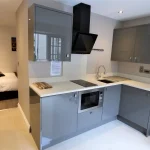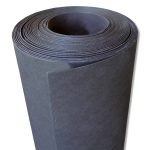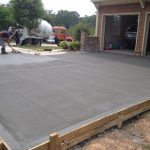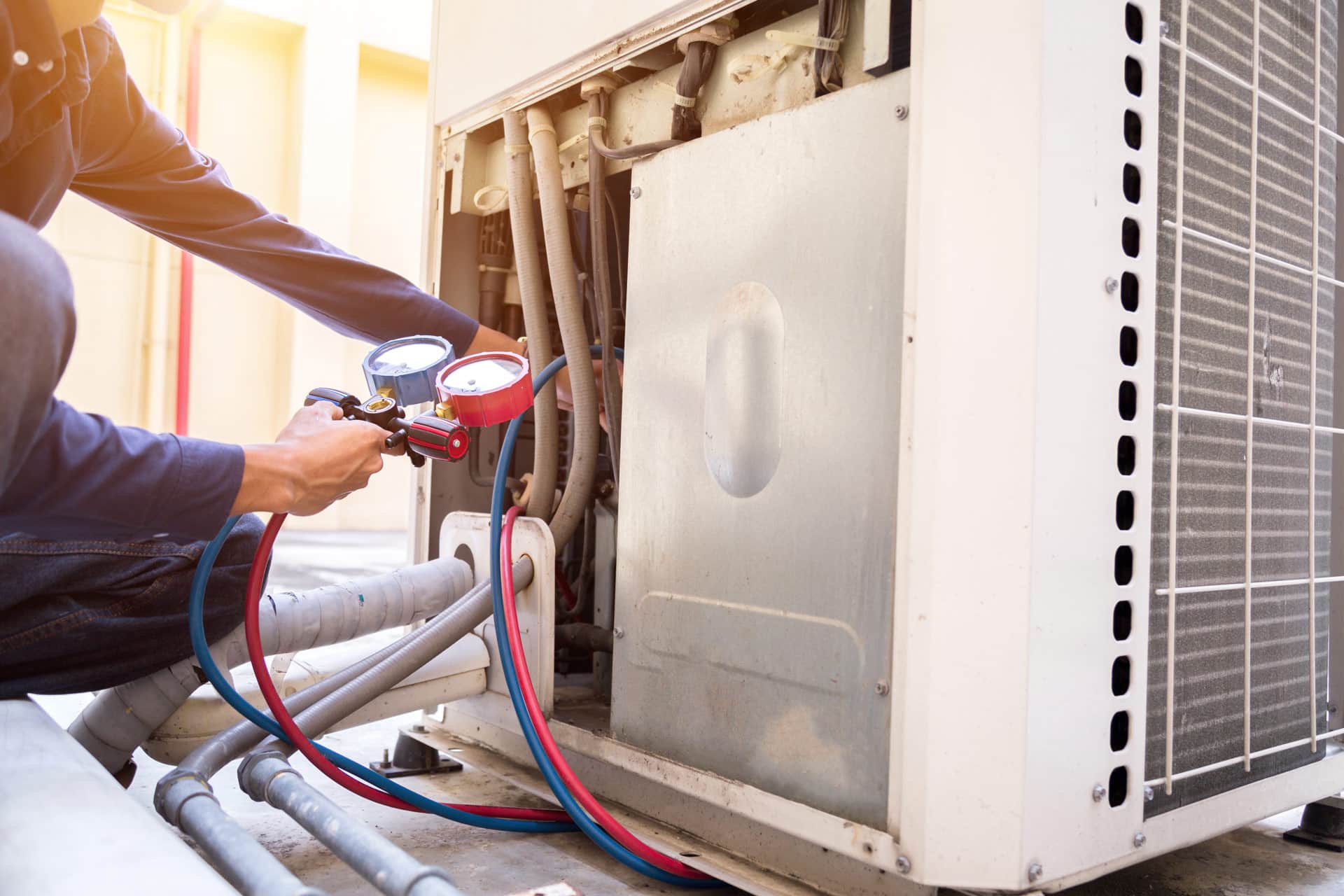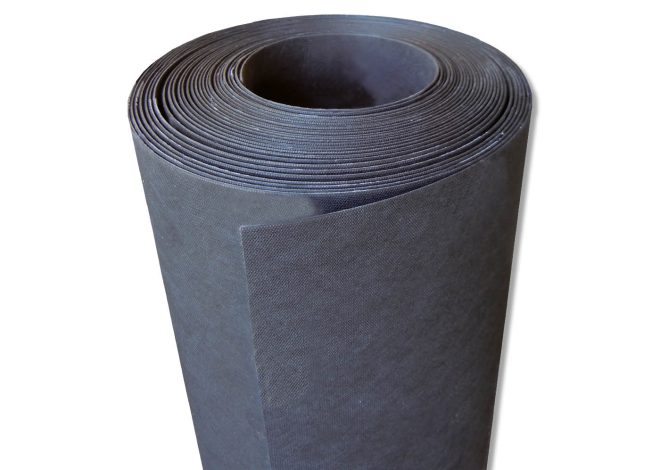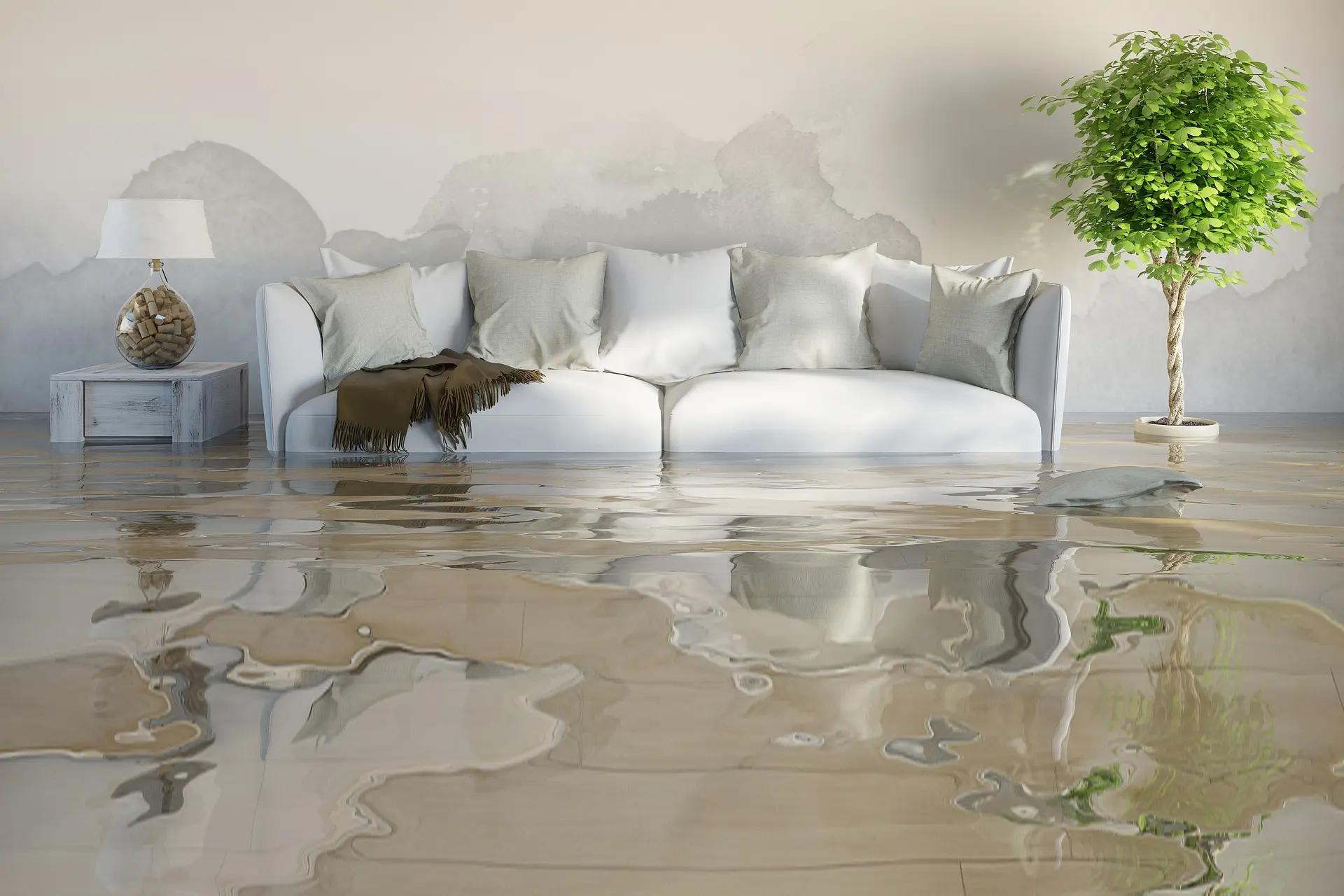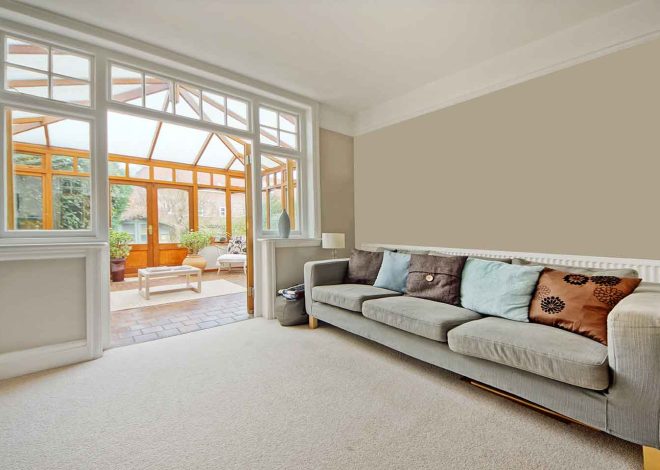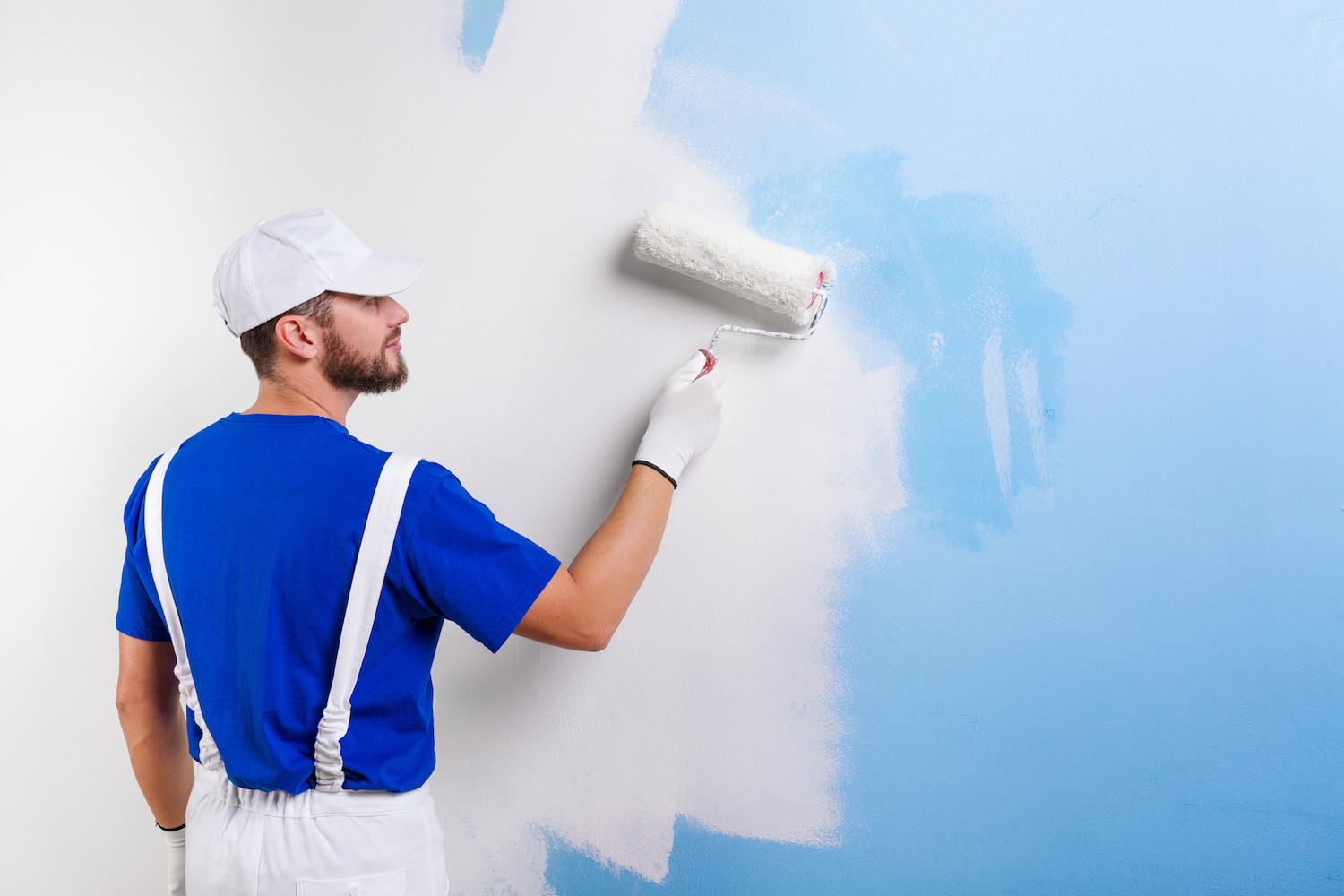Is Soundproof Underlay the Secret to Better Home Acoustics?
More than merely hanging drapes or adding soft furniture is involved in designing a calm, acoustically balanced house. Underneath your feet, a soundproof underlay is a usually neglected but very powerful fix. Installed under flooring, this specialist material is rather important in reducing noise flow between floors and rooms. Using the correct underlay will greatly improve sound control and comfort in your house whether your problems are with loud footsteps, TV noise, or ordinary house activity.
Underlay’s Effect on Acoustical Quality
Usually, noise in homes manifests two forms: airborne and impact. While impact noise is footsteps, dropped objects, or moving furniture, airborne noise is anything like voices, music, or television. By absorbing and attenuating these sound waves, soundproof underlay lessens their propagation across flooring and into adjacent spaces. Especially in multi-level homes or open-concept living areas, it serves as a buffer zone, dampening loud noises and helping to produce a more calm environment.
Selecting the Appropriate Resources
The acoustic performance of an underlay is strongly influenced by its component materials. Among the most efficient are denser materials include cork, high-density foam, and recycled rubber. Excellent sound-blocking properties and long-lasting durability of rubber underlays are well-known. Being a natural resource, cork provides environmentally beneficial advantages as well as sound insulation. A relatively light-weight substitute that nonetheless produces outstanding acoustic performance and adds comfort underfoot is high-density foam.
Beyond Sounds: Extra Advantages

Although the main objective is acoustic enhancement, a good underlay also offers other benefits. Especially in kitchens and bathrooms, many choices include built-in moisture barriers to guard flooring against damp or spills. Certain underlays provide thermal insulation, therefore helping to control indoor temperature and lower energy use. Furthermore, the additional padding offered helps to increase walking comfort and extend the life of your flooring.
Underlay Customization for Floor Type
Not every floor calls for every underlay. To optimize performance, the flooring laminate, vinyl, carpet, engineered wood should match the choice. For instance, although glue-down installations could call for smaller, denser layers, floating floors depend on a flexible underlay with high shock absorption. By matching the underlay to the floor type, structural integrity and lifetime as well as sound efficiency are guaranteed.
The secret weapon for improved home acoustics could very likely be a soundproof underlay. Targeting unwelcome noise at its source your floors you may create quiet, serene living spaces from loud, echo-filled rooms. This basic improvement provides long-lasting acoustic comfort all around your house with the correct tools and installation.







